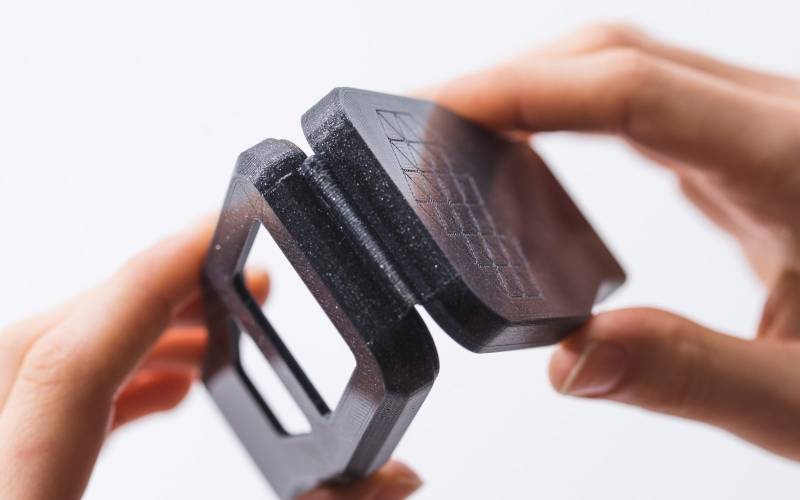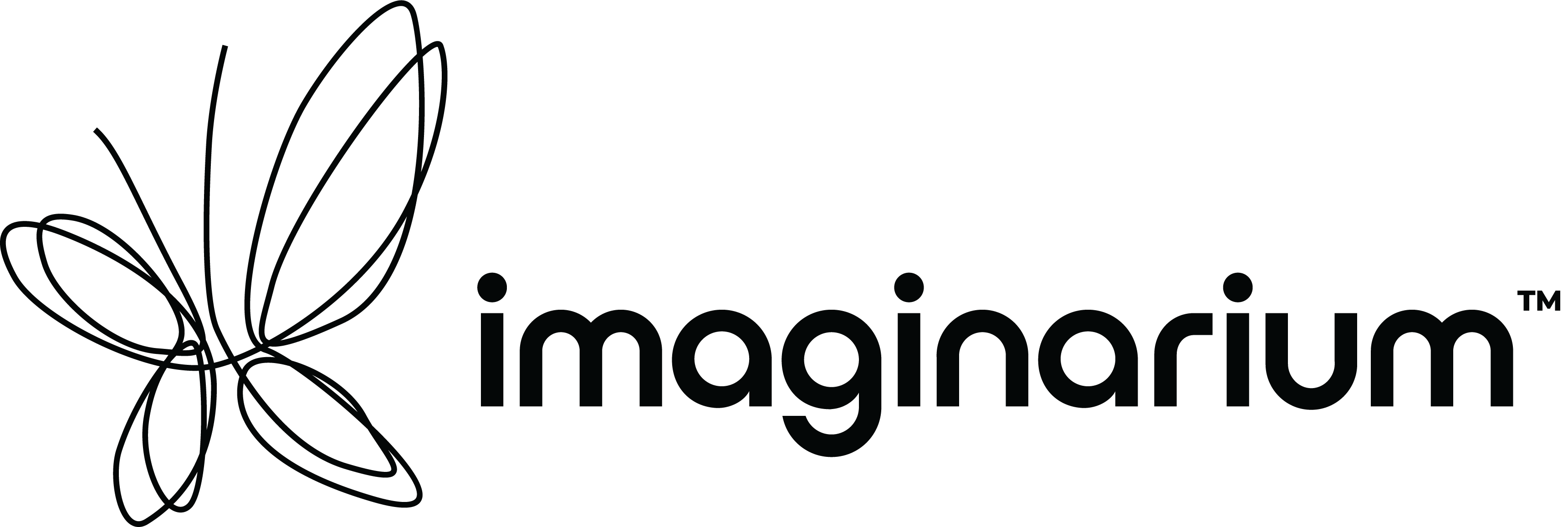Are you a manufacturer? A designer? or an engineer? Do you plan on using additive manufacturing for your applications but are confused with which technology to use? We are here to your aid with a guide on how to select the most appropriate additive manufacturing process. 3D Printing houses many different technologies that can bring even the most complicated design to a real-time physical object. Some of the most commonly used 3D Printing technologies are Stereolithography (SLA), Selective Laser Sintering (SLS), Fused Deposition Modeling (FDM), Digital Light Process (DLP), Multi Jet Fusion (MJF), PolyJet, Direct Metal Laser Sintering (DMLS), Binder Jetting and more. To understand the various 3D Printing technologies, here’s a guide you can refer to. 3D Printing is used for building physical models, prototypes, patterns, tooling components, production and end-use parts in plastics, metals, glass, ceramics, composites, and biomaterials. This technology enables us to streamline and expedite the complete manufacturing ecosystem.
In today's world, Industry 4.0 and IOT is a natural progression for any technology, manufacturing and product development company. Adopting 3D Printing in the whole product cycle is critical, be it prototypes for design, form, fit, function validation, market feedback, End-Use Parts, Spare Parts etc. Though the possibilities with additive manufacturing seem to be endless, one must never forget that different processes suit different applications and each has its own benefits and limitations. The materials and 3D printing processes that produce parts can vary significantly. Because of this, different design rules often apply to each technology. Therefore, it is essential to determine and understand what the application would be along with its specifications.
At Imaginarium, we are your partners that bring your ideas to life with cutting edge advanced manufacturing services. We believe that choosing the right 3D Printing process and materials depends upon the following three things.
The Manufacturing or the Process Capability
The Characteristics or the Functionality of the End Parts
The Materials & Finishes
The Manufacturing or the Process Capability
Once the design is finalized, it comes down to the actual manufacturing feasibility. It is essential to select the right thickness, accuracy, size and support structure so that the quality of the product is not hampered. It is also necessary to understand that choosing the right process depends upon design compatibility with the process. The build size determines the size of the part. The part might have to be split into sections for bigger parts, printed separately and then joined together. Remember the minimum wall thickness ranges from 0.2mm in the DLP process to 2mm in the Binder Jetting 3D Printing process. Similarly, the minimum hole diameter ranges from 0.5mm in the SLA/Material Jetting process to 1mm in the FDM process. Coming to the dimensional accuracy, it is least accurate in FDM and the most accurate in the SLA process.
It is often an iterative process when it comes to the most complex design flexibility like creating the optimal living hinge, chains etc., for a specific design and technology. The best 3D Printing processes here are SLS and MJF. However, if the digital design is designed under expert care and knowledge, it might be possible to get it printed in other 3D Printers like FDM too.
The Characteristics or the Functionality of the Final Parts
One of the foremost things that need to be considered while selecting a 3D Printing Process is the application's functionality or characteristics. For example, the characteristics could be the level of tolerance, flexibility, strength and unique properties like chemical resistance, heat resistance, biocompatible and even safe for consumption.
Remember, contact with water and sunlight can deteriorate the product quickly; Let’s say the products produced through SLA and DLP or those that are resin based are usually hygroscopic and need curing. Therefore, if you consider the environmental factors, the correct process can be SLS, MJF and DMLS. The tensile strength varies based on the printing orientation. But, if one was to say from the lowest, then FDM 3D Printing parts have low strength and the highest strength is demonstrated by the applications 3D Printed by the DMLS process. Additionally, SLS 3D Printed parts are renowned for having high chemical resistance.

Living Hinge
PC - 3D Hubs
The Materials
3D printing technology material types usually include filament, powder or resin. The materials can be classified into
- Polymers (plastics)
- Metals
- Ceramics and composites.
Polymers are further classified into thermoplastics and thermosets.
Thermoplastic
They have remarkable mechanical properties and high impact, abrasion and chemical resistance making them perfect for functional applications. Additives like carbon, glass or others can also be used to enhance the physical properties of the applications. Engineering thermoplastics like nylon, PEI, ASA are used to produce end-use parts for industrial applications.
The most common 3D Printing processes for thermoplastics are SLS (Selective Laser Sintering), MJF (Multi Jet Fusion) and FDM (Fused Deposition Modeling).
Thermoset
If you are looking forward to an application where aesthetics plays a huge role then thermosets are your ideal choice, They have a reputation of producing parts with smooth injection-like surfaces and fine details. They are more brittle than thermoplastics and have high stiffness making them unsuitable for functional applications.
Thermosets are perfect for SLA (Stereolithography), DLP (Digital Light Processing) and Material Jetting.
Metal has excellent mechanical properties and proves highly beneficial for operations at high temperatures. As a result, it is the perfect material for lightweight applications for the medical and aerospace industries.
One must remember that selecting the material and 3D Printing process is also based on the application and its functionality. For example, if the Application is for a live hinge, powder-based material is the best. If you are looking for a visual model, then opting for HP Colour, SLA and even FDM are the right choices. For medical applications like dental aligners, DMLM or SLA is the best process to give you the desired result. Furthermore for sandstone material is used for Binder Jetting technology and eatables can be 3D printed on FDM printers. One must keep in mind that many other materials can also be used for 3D printing, but their applications are limited.
Additionally, the 3D Printing process can be selected on the base of the surface finish too.
Clear Finish: SLA, DLP & Material Jetting
Glossy Finish: SLA & FDM
Matte Finish: SLS & MJF
Plating: FDM & SLA
Dyeing: SLS & MJF

Clear Finish
(PC - Imaginarium)

Gloss & Matt Finish
(PC - CrabCad Community)

Plating
(PC - Imaginarium)

Dyeing
(PC - Imaginarium)
However, it is crucial to post-process the parts to achieve the desired results.
Ultimately, the essential factor that needs to be considered is the primary objective of the application. Many priorities could drive your decision and filter the 3D Printing technology processes. Selecting the optimal process will assist you in maximizing the success of your application. Imaginarium is your one-stop shop that is your trustable partner when it comes to fulfilling your manufacturing needs. We empower manufacturing with expertise across processes. To talk to our 3D Printing expert, connect with us today. You can write to us at hello@imaginarium.io or give us a call on +91 22 6738 0100.
